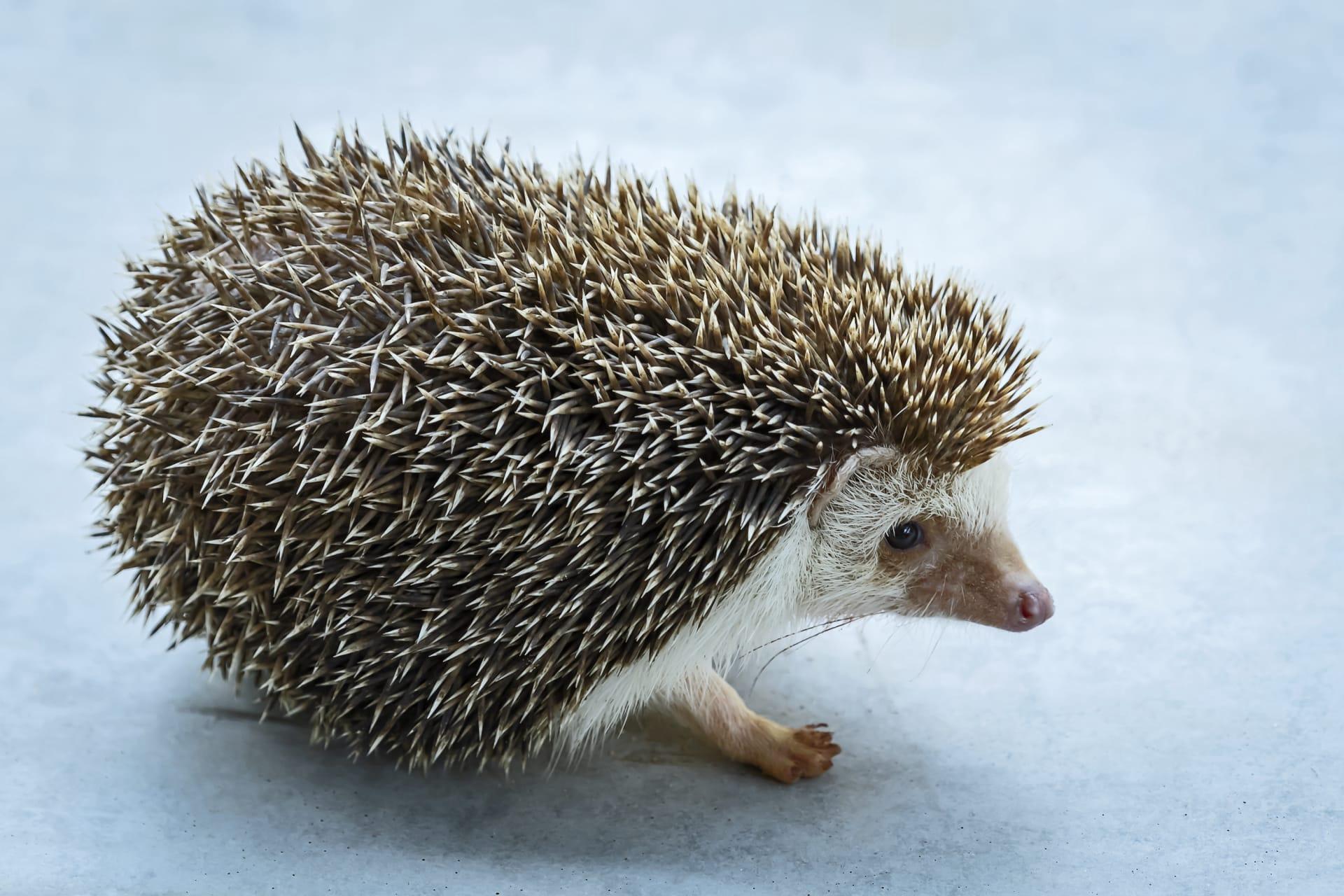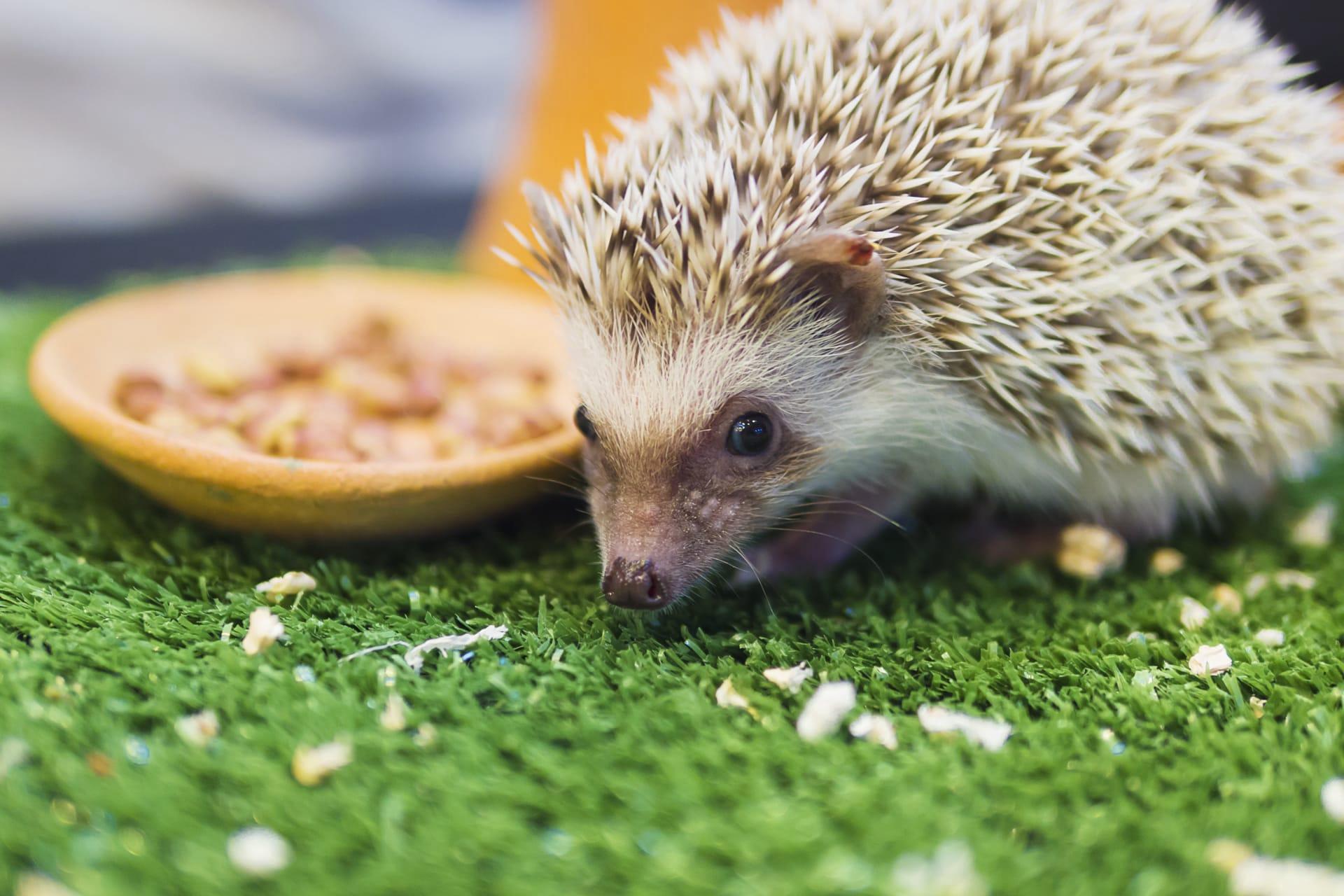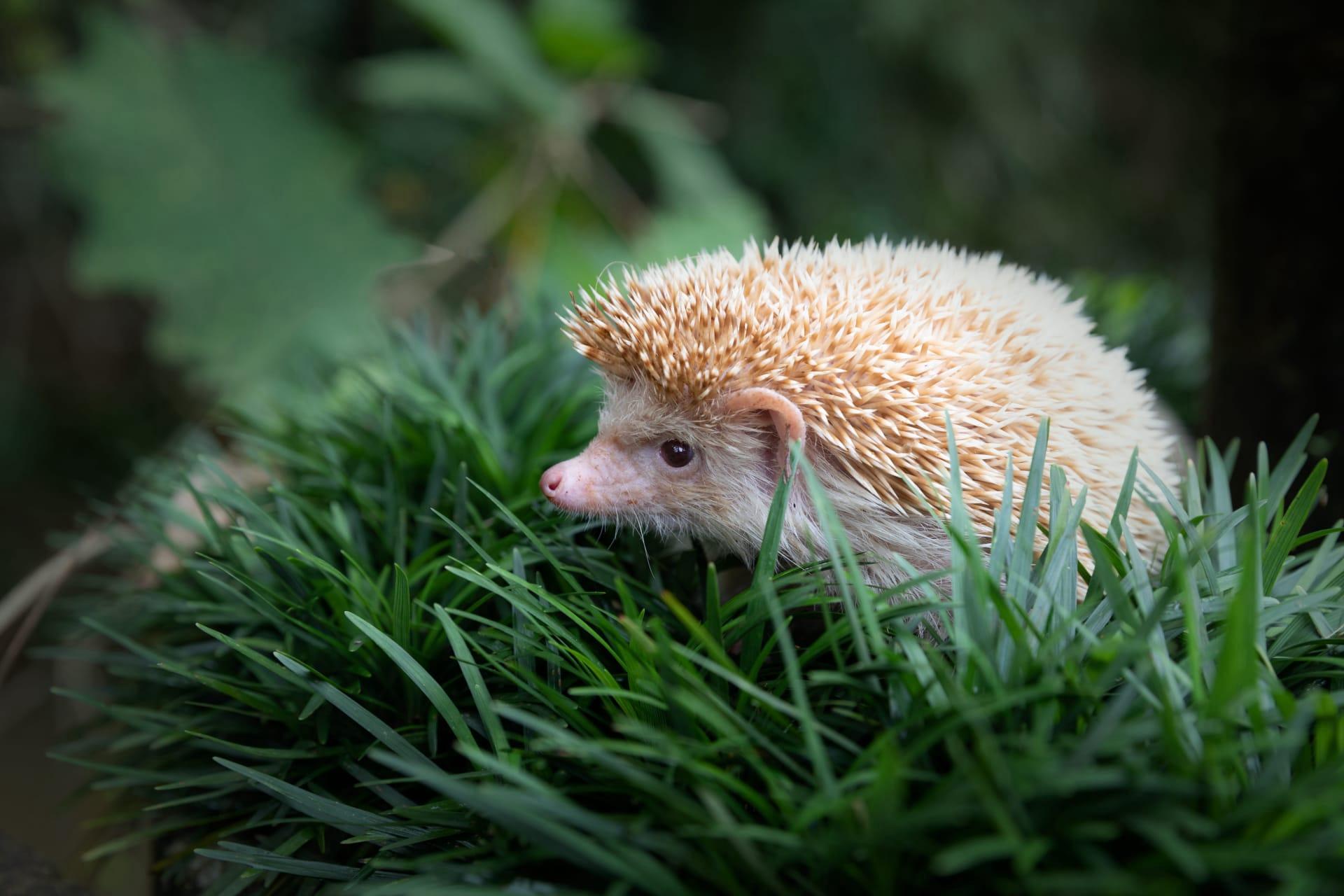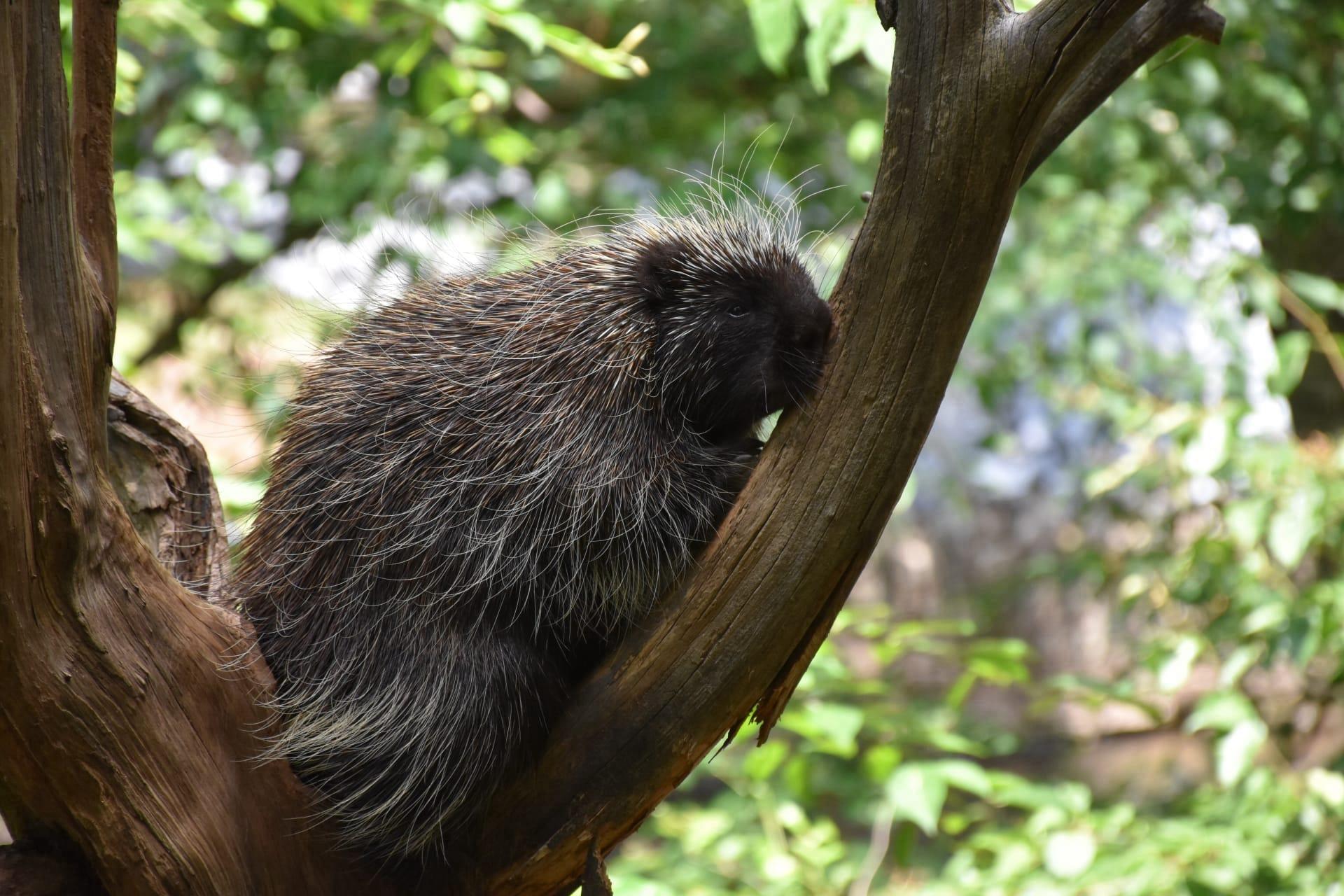1
Porcupines are equipped with a unique defense mechanism - their quills. These are not ordinary hairs, but specialized tools for protection. Each porcupine has approximately 30,000 quills covering its body. Each quill is a marvel of nature, designed with a hollow structure, making it lightweight yet strong. The tips are barbed, and these tiny hooks are nearly invisible to the naked eye. When a quill penetrates an attacker's skin, it becomes embedded and difficult to remove due to these microscopic barbs.
Another fascinating aspect of porcupines is their diet, which primarily includes wood. They are one of the few animals capable of digesting cellulose, a major component of wood. Porcupines utilize bacteria in their gut to break down the cellulose, allowing them to extract nutrients from tree bark and wood. This diet plays a crucial role in their habitat, as they often live in forested areas where these resources are abundant.

2
Porcupines have a unique way of communicating - they produce a variety of sounds to express different emotions and intentions. These sounds range from grunts and whines to loud screams. They use these vocalizations to warn off predators, attract mates, or communicate with their offspring. This ability to vocalize is quite rare among rodents, making porcupines stand out in the animal kingdom.
Another interesting fact about porcupines is their swimming ability. They are surprisingly good swimmers, a skill that might seem counterintuitive for such a prickly animal. Their quills, which are hollow, aid in buoyancy, allowing them to float easily. This adaptation not only helps them cross bodies of water but also provides an escape route from predators. When swimming, porcupines keep most of their body, including their quills, submerged, with only their head visible above water.

3
Porcupines are nocturnal creatures, which means they are most active during the night. Their eyes have a special layer called the tapetum lucidum, which reflects light back through the retina, enhancing their night vision. This adaptation is crucial for their survival, as it helps them forage for food and navigate their environment in the dark.
During the winter, porcupines don't hibernate but instead slow down their metabolism to conserve energy. This state, known as torpor, allows them to survive in harsh winter conditions with limited food resources. They rely on their fat reserves and continue to eat whatever vegetation is available, often gnawing on tree bark and evergreen needles.

4
Porcupines have a gestation period of about seven months, which is relatively long for rodents. After birth, the young porcupines, called porcupettes, are born with soft quills. These quills harden and become sharp within a few hours of birth, providing immediate protection. Despite this early development, porcupettes remain with their mother for several months, learning essential survival skills.
Another unique characteristic of porcupines is their territorial nature. They are solitary animals and mark their territory using a strong-smelling odor from their scent glands. This scent serves as a warning to other porcupines to stay away, helping to prevent conflicts. Porcupines will defend their territory aggressively, using their quills as a deterrent against intruders.

5
Porcupines have an impressive climbing ability. They are adept at scaling trees, thanks to their strong claws and muscular hind legs. This skill not only aids in their search for food, such as leaves and fruits, but also provides a means of escape from predators. When threatened, a porcupine will often climb a tree and stay there until the danger has passed.
Porcupines play a significant role in their ecosystem. By feeding on tree bark and dispersing seeds through their droppings, they contribute to forest regeneration. They also serve as prey for various predators, such as fishers, lynxes, and large birds of prey. This makes them an integral part of the food web in their natural habitats.